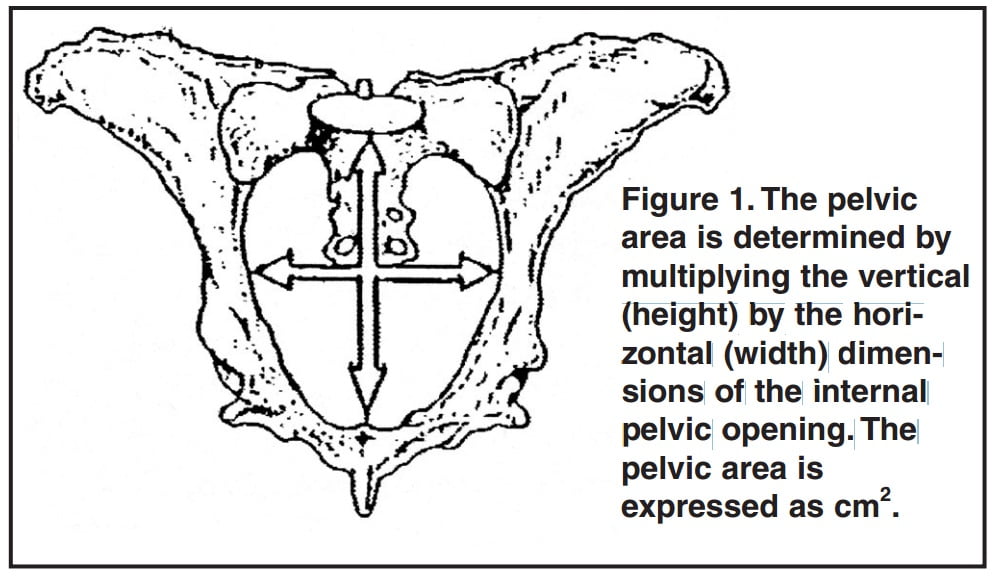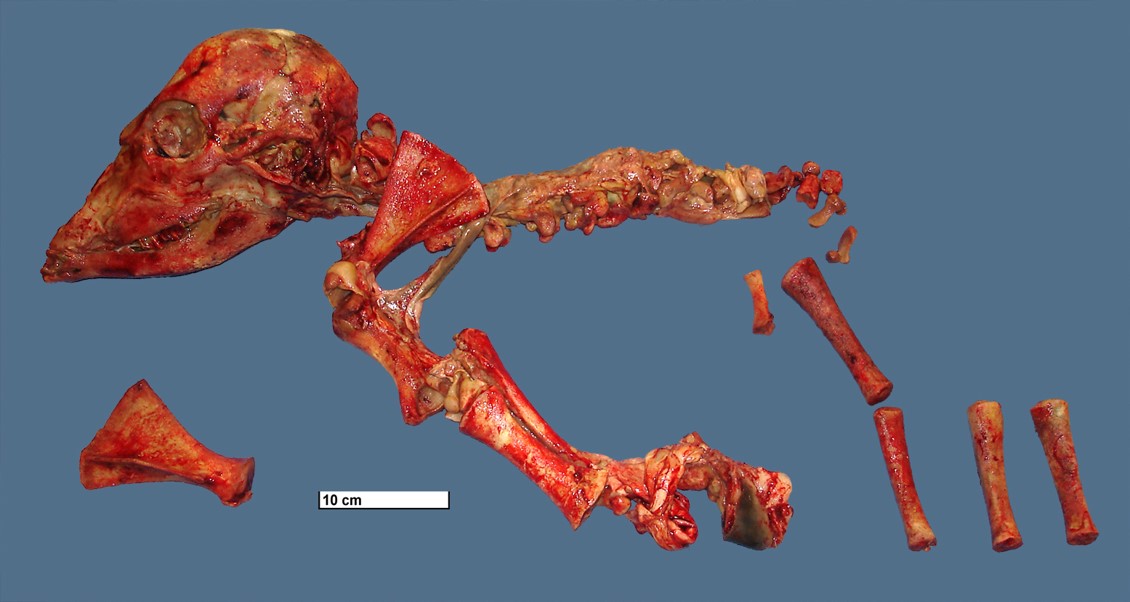Tetralogy of Fallot
Tetralogy of Fallot is a congenital heart defect. This is a condition of the heart’s structure that’s present at birth. Congenital heart defects alter the normal flow of blood through the heart.
Tetralogy of Fallot is a rare, complicated heart defect. It occurs in mostly 5 out of every 10,000 babies. The defect affects men and women equally.

nhlbi.nih.gov
Overview
Tetralogy of Fallot involves four heart defects:
- A large ventricular septal defect
- Pulmonary stenosis
- Right ventricular hypertrophy
- An overriding aorta
Ventricular Septal Defect
The heart has an inner wall that separates the two chambers on its left side from the two chambers on its right side. This wall is called a septum. The septum prevents blood from mixing between the two sides of the heart. A VSD is a hole in the septum between the heart’s two lower chambers, the ventricles. The hole allows oxygen-rich blood from the left ventricle to mix with oxygen-poor blood from the right ventricle.
Pulmonary Stenosis
This defect involves narrowing of the pulmonary valve and the passage from the right ventricle to the pulmonary artery. Normally, oxygen-poor blood from the right ventricle flows through the pulmonary valve and into the pulmonary artery. From there, the blood travels to the lungs to pick up oxygen. In pulmonary stenosis, the pulmonary valve cannot fully open. Thus, the heart has to work harder to pump blood through the valve. As a result, not enough blood reaches the lungs.
Right Ventricular Hypertrophy
With this defect, the muscle of the right ventricle is thicker than usual. This occurs because the heart has to work harder than normal to move blood through the narrowed pulmonary valve.
Overriding Aorta
This defect occurs in the aorta, the main artery that carries oxygen-rich blood from the heart to the body. In a healthy heart, the aorta is attached to the left ventricle. This allows only oxygen-rich blood to flow to the body. In tetralogy of Fallot, the aorta is located between the left and right ventricles, directly over the VSD. As a result, oxygen-poor blood from the right ventricle flows directly into the aorta instead of into the pulmonary artery.
Babies and children who have tetralogy of Fallot have episodes of cyanosis. Cyanosis is a bluish tint to the skin, lips, and fingernails. It occurs because the oxygen level in the blood leaving the heart is below normal. Tetralogy of Fallot is repaired with open-heart surgery, either soon after birth or later in infancy. The timing of the surgery will depend on how narrow the pulmonary artery is.






